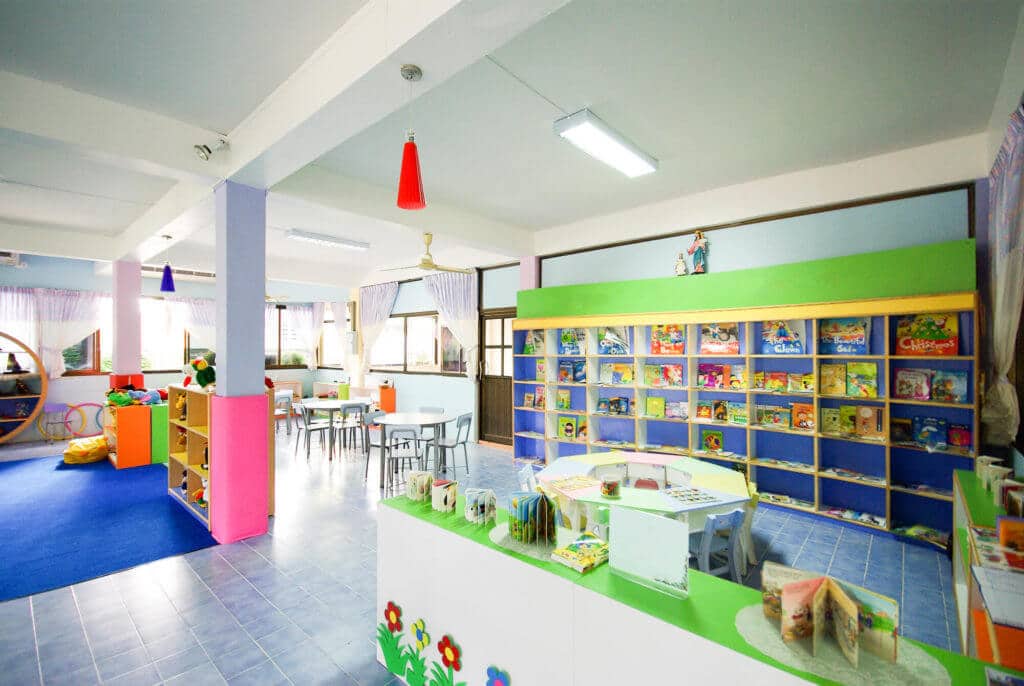Most parents realize the value their childcare team brings to their child’s development and learning. But no matter how much parents love and appreciate the work you do, they’ll still bring their concerns to you over problems they see in your childcare center.
To ensure you keep a good relationship with parents and provide the best possible care to your students, there are common childcare problems you can prevent by going through this checklist.
Diapering in a Daycare Business
During the diapering process, you should clean and disinfect the child’s hands, your own and then the changing table. The more attentive you are to cleanliness, the less likely you are to spread germs and for parents to be upset about your practices. You should also change diapers at a regular interval, such as every two hours.
First Aid Within Preschools
First aid kits should be available in every classroom and include the essentials of bandages, thermometer, antiseptic and emergency phone numbers for all children in the class. All of your teachers should be first aid certified and stay up to date on their certification.
Food Safety in Childcares
Rinse all fruits and vegetables. Store food in covered containers. Follow safe freezer and refrigerator temperature guidelines. Wash your hands frequently during the food preparation process and be attentive to where you place raw meat. When you serve the food, be sure that the portions and feeding style match the needs of your students by age group. Avoid choking hazards and give special attention to classrooms with food allergies.
Safe Hand Washing Practices
Childcare centers work with the most vulnerable in our community – children. Because of this, teachers and administrators should be careful to wash hands regularly. This includes at the time of arrival, after eating food, after shaking hands with or coming in contact with other adults, when wiping a child’s nose, changing a diaper and before feeding a child.
Outdoor Play
Getting children outside during the school day is fantastic for their learning and growth. But there are many hazards outside the classroom. To ensure safety, never leave children unattended, educate them about not playing near the street, remove all hazardous items that could harm a child and fence in play areas.
Preventing the Spread of Illness
With so many children in one space, illnesses can spread quickly in children’s underdeveloped immune system. To prevent the spread of illness, have children wash their hands regularly, require immunization records be kept up for all students and practice safe disinfecting practices for all toys and classrooms.
Sudden Infant Death Syndrome (SIDS)
SIDS affects babies up until their first birthday but is most prevalent between two and four months of age. To prevent SIDS, practice safe sleep by placing infants in a crib alone, on their backs without any blankets or toys in a temperate room. This will prevent them from overheating or being in a space where they can suffocate due to other articles around them.
Toy Safety
Toys, which bring so much delight to the classroom, can also bring about dangers. Choose the toys in your classroom very carefully and be sure that toys stay in their age-appropriate room. You should follow all guidelines on packaging for the recommended age group. All toys for children under age three should be labeled “non-toxic.” Supervise children at all times when playing with toys.
Finally, provide tools for teachers and parents to stay in contact with one another through regular communication. The more readily available parents are to teachers when they need them, the easier it can be to prevent hazards.
Childcare software enables parent-teacher communication via messaging, journaling and photo sharing. iCare Software provides these tools and much more to meet your needs through our childcare app. Schedule a demo today to learn more.

